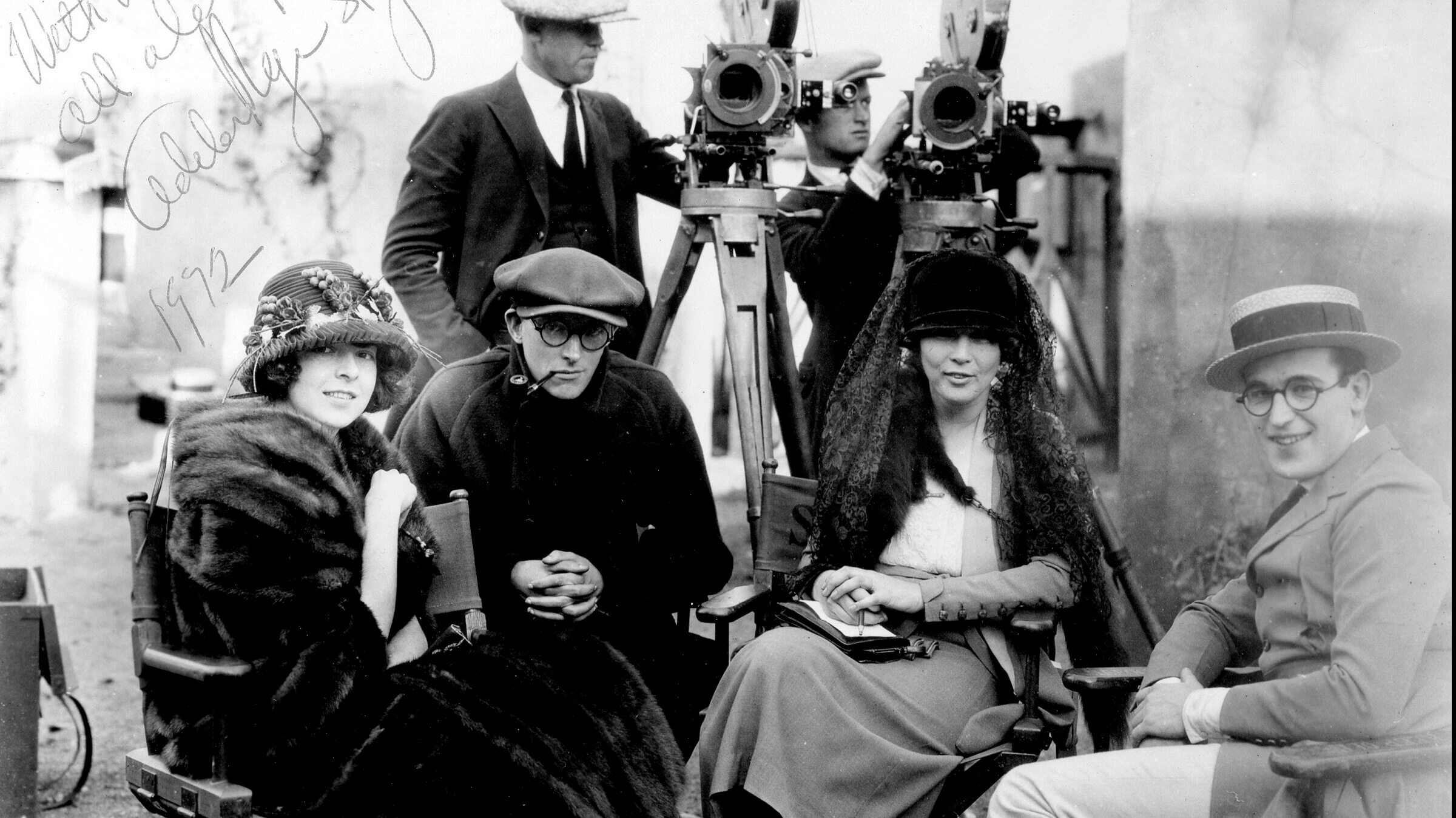This feature was published in conjunction with the screening of The Red Kimona at A Day of Silents 2018
A character as vibrant and intrepid as any she created, Adela Rogers St. Johns was a journalist, novelist, and screenwriter who grew up amid the glitter of Hollywood and observed the trappings of fame and stardom with a skeptical yet sympathetic eye.
Born in Los Angeles in 1894, Adela Nora Rogers was raised by her father, the flamboyant criminal defense lawyer Earl Rogers, after her parents’ marriage ended when she was eight years old. According to Adela’s Los Angeles Times obituary, Earl Rogers was considered “California’s leading trial lawyer at the turn of the century,” and his daughter idolized him. Adela’s novel, A Free Soul, which was made into a film by MGM in 1931, featured a brilliant criminal attorney (played by Lionel Barrymore in an Oscar-winning performance) who was based on Earl Rogers. In her memoirs, Adela claimed she got her real education not in school, but from the “criminals, police officers, reporters and pickpockets” who were her father’s clients and associates.
Adela initially hoped to follow Earl Rogers into law, but when she was almost eighteen, Rogers, who had noted his daughter’s writing ability, introduced her to his friend, newspaper publisher William Randolph Hearst. Adela went to work for Hearst, learning her trade as a cub reporter at the San Francisco Examiner. About a year later, she moved to Hearst’s Los Angeles Herald, where she covered a variety of beats and also wed the paper’s chief copyeditor Ivan St. Johns, the first of her three marriages. Billed as “the World’s Greatest Girl Reporter,” she earned a reputation as a tough, smart journalist, and film critic Pauline Kael later wrote that “just as all movies about lady fliers were based on Amelia Earhart … movies about girl reporters were also based on the most highly publicized girl reporter—Hearst’s Adela Rogers St. Johns.” She was a “sob sister,” as she explained in her 1969 autobiography. “I was supposed to make people weep over their fallen sisters, or homeless women, or a mother who had killed herself because she spent her kids’ Christmas on a new dress …. We dramatized all this in the newspapers as it is now dramatized on the stage and in best-selling novels. Ours was real.”
By the early 1920s, Adela Rogers St. Johns was the mother of two as well as a wife and full-time reporter. Eager to change the hectic pace of her life, she accepted an offer to interview stars and write articles for the movie fan magazine Photoplay and left the Herald. Soon, she was also contributing fiction to magazines such as the Saturday Evening Post, as well as penning stories and movie scripts, completing her first in 1918. Many of her stories became the source of later Hollywood films, and The Red Kimona was the second such adaptation for Dorothy Davenport’s production company.
The film is based on St. Johns’s nonfiction story “Gabrielle of the Red Kimono” published in a 1924 edition of Smart Set, a magazine which, according to its subtitle, told “True Stories from Real Life.” The article was introduced by a telegram from the author that claimed, “Certainly Gabrielle’s story is every word true. I reported the case and heard all the testimony. I followed up the later events. And they are too tragic to be forgotten.” It may have been true, but the real Darley did not appreciate her real name being used in the film adaptation of a story about prostitution, and sued.
Over and over again, St. Johns was drawn back to journalism by real-life world events. Assigned to cover sports, she was the first woman to sit in the press box at several highly publicized competitions, including the 1932 Summer Olympics in Los Angeles, the Kentucky Derby, and the World Series. She experienced the Depression in Los Angeles firsthand by posing as a homeless woman (in a tattered outfit from the MGM wardrobe department) looking for work, sleeping outside, and eating at soup kitchens. Her multipart first-person stories inspired legislation that funded social services. St. Johns’s last great story was written at the age of eighty-two: her coverage of the 1976 trial of her old boss’s granddaughter, Patricia Hearst. She also contributed lively commentary in Warren Beatty’s film, Reds (1982).
Throughout her life, Adela Rogers St. Johns had a front-row seat to both the epochal and cultural events of 20th century life. As a keen observer and a gifted writer, she turned them into compelling stories, both fact and fiction, which continue to bring that era to life and make it relevant for future generations.

